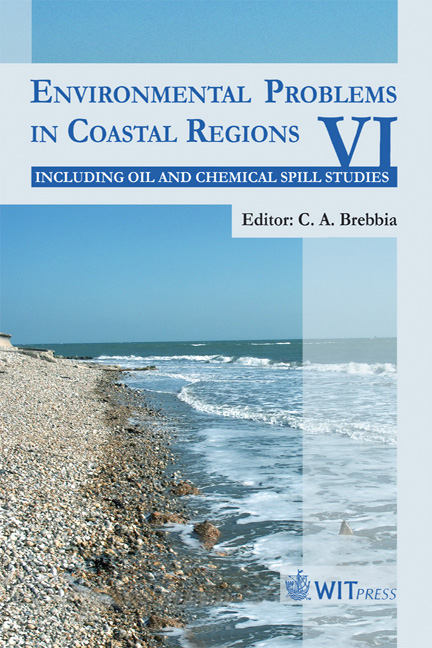Ozone Concentrations In Kostaldea In The Period 2001–2004
Price
Free (open access)
Transaction
Volume
88
Pages
8
Published
2006
Size
597 kb
Paper DOI
10.2495/CENV060351
Copyright
WIT Press
Author(s)
E. Agirre, A. Anta, L. J. R. Barrón & M. Albizu
Abstract
This paper shows part of the results obtained in research work supported by the Basque Government. The aim of the work was to analyze the evolution of the tropospheric ozone (O3) concentrations measured in five stations located on the coast of the Basque Country (North Central Spain) during the period 2001–2004. Ozone annual trends were similar at the different stations during 2001–2002, the ozone concentration increased considerably in 2003 and finally the ozone levels decreased in 2004, but were still greater than in the period 2001–2002. The year 2003 was a special case, with exceedances of ozone thresholds in summer and greater ozone concentrations than in the rest of the studied period. Results showed that exceedances of ozone values in Kostaldea occurred only in 2003. Consequently, the air quality of Kostaldea relative to ozone from 2001 to 2004 could be considered of good quality with specific episodes. Keywords: tropospheric ozone, threshold values, trends, ozone cycles. 1 Introduction It is well known that ozone is a photochemical pollutant, produced as a result of complex reactions among nitrogen oxides (NOx) and volatile organic compounds (VOCs) in the presence of sunlight [1]. High ozone levels cause human health problems and damage plants and certain materials and long exposures to ozone increase the negative effects [2]. Elevated ozone
Keywords
tropospheric ozone, threshold values, trends, ozone cycles.





